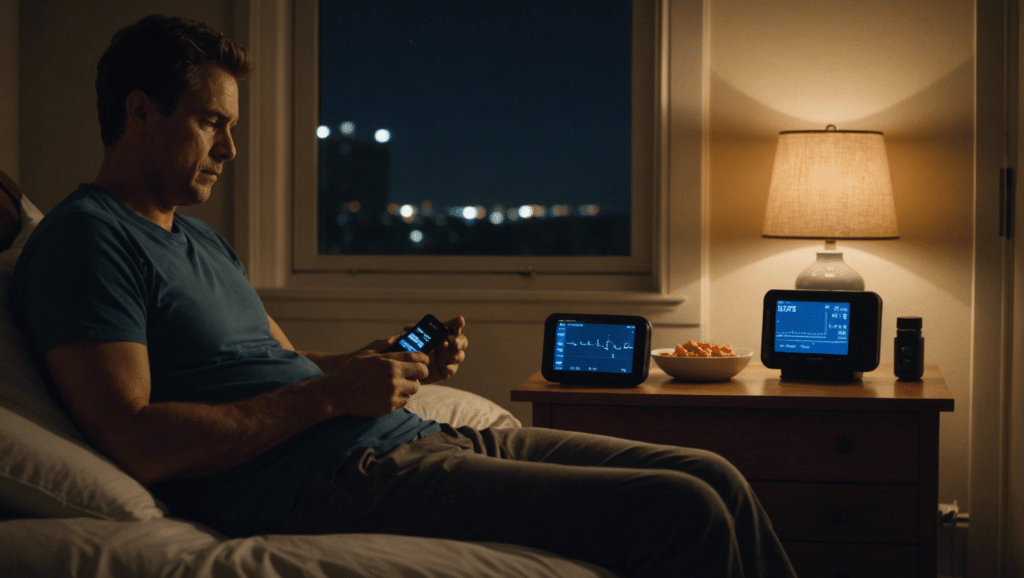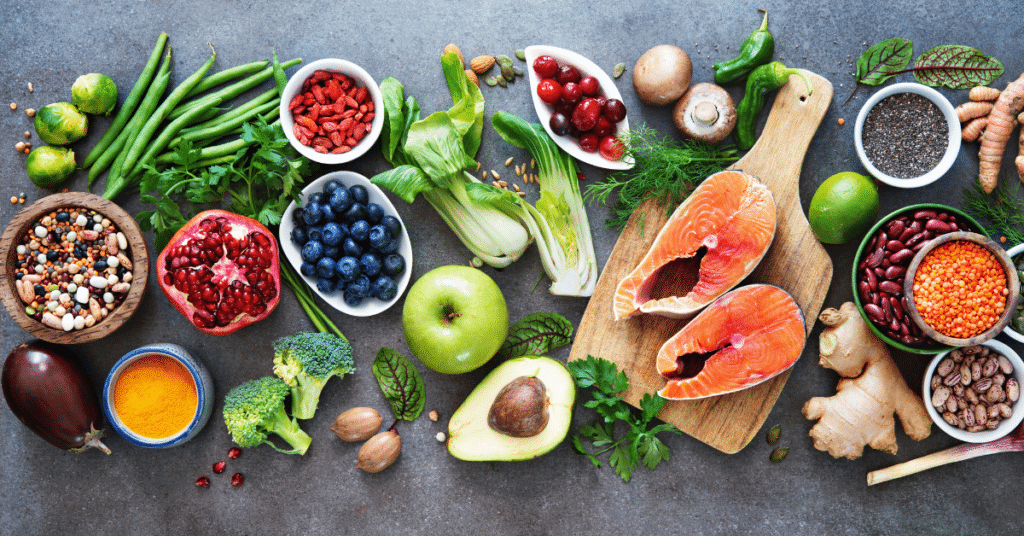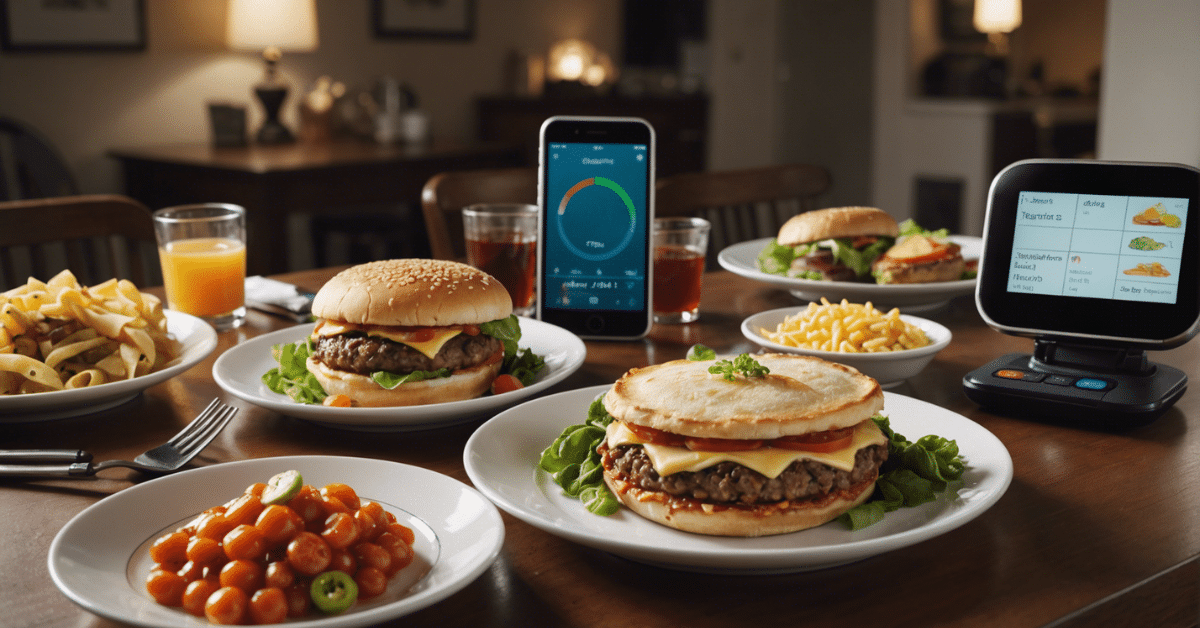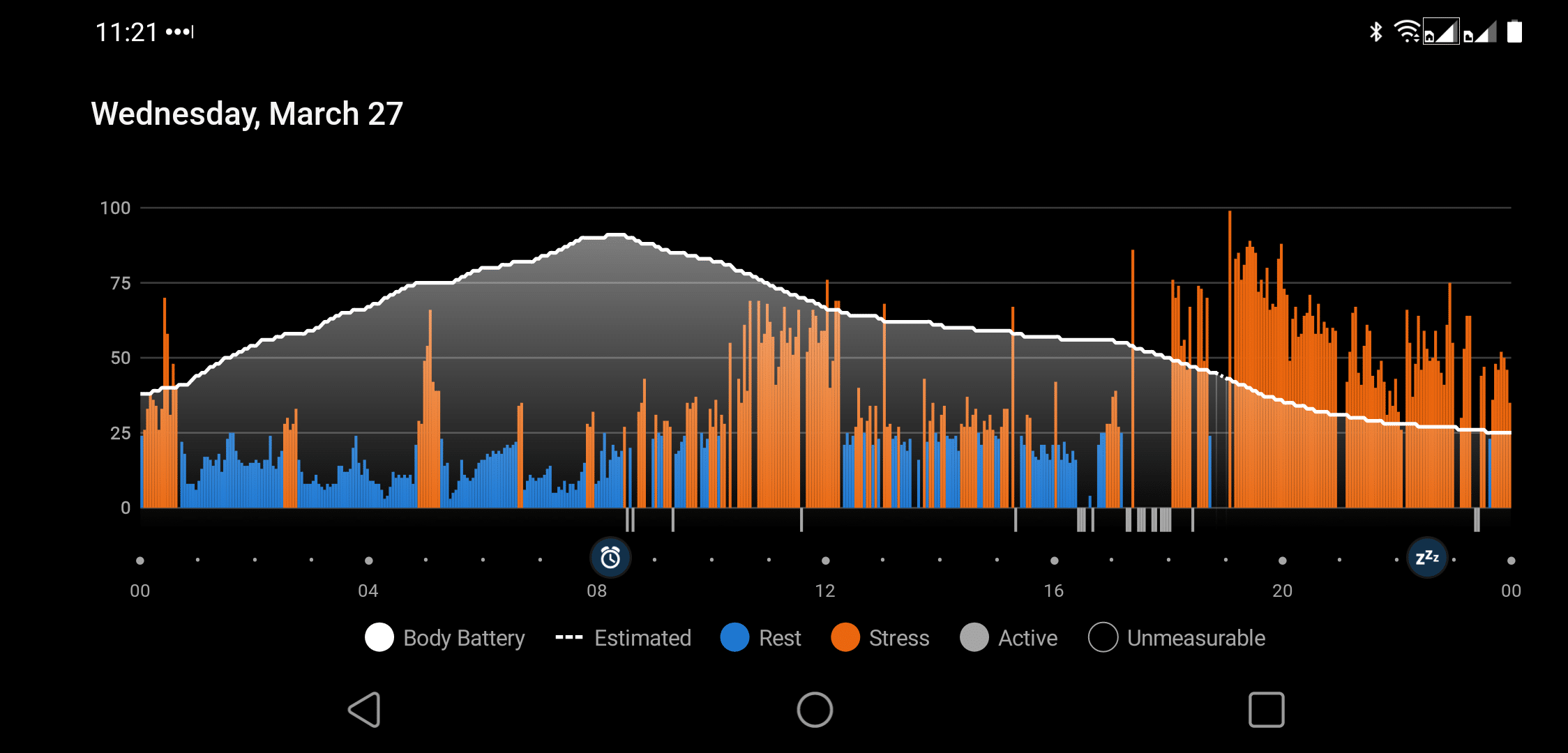Understanding how Garmin devices monitor stress after meals begins with heart-rate variability (HRV). HRV measures the time variation between heartbeats, providing insights into your body’s autonomic nervous system responses to various stimuli, including the types and timing of food consumed.
How do Garmin devices measure stress after eating?
Garmin devices measure stress after eating by monitoring heart rate variability (HRV). Changes in HRV, influenced by the digestive process and the body’s response to specific types of food, help determine fluctuations in stress levels, providing insights into the physiological impact of dietary choices.
Optimizing Diet for Garmin Stress Management
- Monitor HRV to understand stress response to specific foods.
- Avoid heavy fatty foods late in the day to reduce stress spikes.
- Include balanced meals that stabilize Garmin stress readings.
- Adjust meal timings to align with your circadian rhythm for better HRV.
- Stay hydrated to aid digestion and improve stress metrics.
- Limit sugar intake to prevent sudden stress level increases.
- Use Garmin feedback to make informed dietary adjustments.
Metabolic Responses to Food
Have you ever noticed how, after a hefty plate of lasagna, your Garmin might show your stress levels creeping up? This isn’t just a case of post-meal regret; it’s science. When you ingest heavy, fatty foods, your body has to work overtime breaking down and absorbing these nutrients, increasing stress and heart rate.
This metabolic overdrive sends your Garmin into a tizzy, reporting higher stress levels as it detects significant shifts in heart-rate variability (HRV). Here, your metabolic rate spikes to process the calories, especially with sugar-laden or fatty foods. Think of it as putting your internal engine into high gear.
This can cause your Garmin to register what we might call a stress spike. Whether it’s the sugar rush from your favorite candy or the slow burn of a big burger, your wearable catches every shift and documents the drama unfolding in your body.
Disclosure: Some of the links in this article may be affiliate links, which can compensate me at no cost if you decide to purchase. This will help grow this site and help more people. Thank you for making a difference!
The Impact of Meal Timing on Stress Levels
As they say, timing is everything. That midnight snack or late dinner might just be why your Garmin shows elevated stress levels late at night. Eating too close to bedtime can disrupt your sleep and how your body reacts to food. Instead of winding down, your body is ramping up its metabolic processes, which can lead to high stress levels during sleep, as recorded by your Garmin.

This isn’t just about avoiding snacks before bed; it’s about syncing your meals with your body’s natural rhythms. By aligning your eating schedule with your circadian rhythm, you can help maintain a more stable HRV, avoiding those unexpected stress evaluations that pop up on your Garmin when you least expect them.
How Different Foods Influence Garmin Stress Readings
Not all foods trigger the same red alerts on your Garmin. Reactive hypoglycemia, for instance, is a notorious trigger, where blood sugar levels drop suddenly after eating high-sugar foods, causing a stress spike. Your Garmin picks up on these dramatic shifts and may show a high stress level as your body scrambles to balance things out.
Conversely, consuming balanced meals with a good mix of proteins, fats, and slow-digesting carbs can help stabilize your HRV and keep those stress levels from soaring after eating. Your Garmin doesn’t just track the bad; it can also be a testament to good dietary choices that help maintain a calm and collected physiology—even after a hearty meal.
| Food Type | Typical Stress Response | Suggested Eating Time |
|---|---|---|
| Heavy fatty foods | High stress spike | Early dinner |
| High-sugar snacks | Rapid stress increase | Mid-afternoon |
| Lean proteins | Mild stress impact | Any mealtime |
| Whole grains | Stable stress levels | Any mealtime |
| Vegetables | Low stress response | Any mealtime |
Dietary Adjustments for Better HRV Scores
So, how do you tweak your diet for better stress management, as seen through the eyes of your Garmin? Start by minimizing those foods known to cause high stress levels, like simple sugars and heavy fats, and emphasize more balanced, nutrient-rich meals. This doesn’t just keep your Garmin happy—it aligns with a healthier lifestyle overall.

Consider incorporating more whole grains, lean proteins, and vegetables that support slower, more manageable digestion and absorption. This proactive approach helps you use food to manage stress better rather than letting it control your stress responses. By making these changes, you can expect lower stress readings on your Garmin and a healthier, more energetic you.
Personal Thoughts
In my experience, monitoring stress levels with a Garmin after eating has offered me actionable insights into how my body responds to different foods. It’s been enlightening to see the tangible impact of diet on my stress levels.
This knowledge has allowed me to make informed choices about my eating habits, helping me manage my stress more effectively. It’s a tool that has proven helpful in my quest for a calmer, more controlled lifestyle.
Frequently Asked Questions
What does a high stress reading mean after eating?
A high-stress reading on a Garmin device after eating often indicates increased heart rate variability due to the body’s metabolic response to food. This can be triggered by high sugar intake or heavy, fatty foods, which require more energy for digestion.
Can meal composition affect Garmin stress levels?
Yes, a meal’s composition can significantly affect stress levels recorded by a Garmin device. Meals high in sugars and fats might spike stress levels due to increased metabolic activity, while balanced meals tend to stabilize these readings.
How can adjusting meal times affect Garmin stress readings?
Adjusting meal times can help manage Garmin stress readings by aligning eating habits with your body’s natural circadian rhythms. Eating late at night often increases stress because the body needs to work harder to digest food during its natural resting period.
Does water intake impact stress measurements post-meal?
Yes, proper hydration can influence stress measurements after eating. Drinking sufficient water aids digestion and can help moderate fluctuations in heart-rate variability, potentially leading to more stable stress readings on your Garmin device after meals.




